
Berdi
urinary Track Health
Sunshine. Laughter. Playground scrapes. These are the hallmarks of a healthy childhood. But did you know that sunshine plays a vital role beyond just happy memories? It’s a key source of vitamin D, a nutrient crucial for strong bones, a healthy immune system, and overall well-being in children. So, how do you know if your child might have vitamin D deficiency in childhood? Vitamin D deficiency in childhood is more common than you might think and can have serious consequences if not addressed promptly.
This blog will explore the importance of vitamin D for kids and equip you with the knowledge to identify 7 key signs of vitamin D deficiency in childhood. By understanding these signs, you can ensure your child gets the vital nutrients they need to thrive.
Vitamin D, often called the “sunshine vitamin,” is essential for children’s health. Our bodies naturally produce vitamin D when exposed to sunlight. However, factors like limited sun exposure, certain skin tones, and dietary limitations can contribute to vitamin D deficiency in childhood.
Vitamin D plays a crucial role in a child’s development. It helps the body absorb calcium, which is essential for building strong bones and teeth. Additionally, vitamin D supports the immune system, brain function, and overall physical health. Without adequate vitamin D, children are at risk for various health issues, including bone deformities and a weakened immune system.
Let’s delve into the signs that might indicate your child has a vitamin D deficiency.
Does your child seem to catch every cold or bug that comes around? Studies have shown that vitamin D deficiency might be linked to a weakened immune system, making children more susceptible to infections. Vitamin D plays a critical role in the immune system, aiding in the activation and regulation of immune responses. Deficiency in this essential nutrient can impair immune function, making children more susceptible to infections.
Vitamin D promotes the production of antimicrobial peptides such as cathelicidins and defensins, which provide a first line of defence against pathogens. Research has shown that children with low vitamin D levels are more prone to respiratory infections, including colds, flu, and even severe illnesses like pneumonia. A Randomized Controlled Trial demonstrates that vitamin D supplementation in children significantly reduces the incidence of acute respiratory infections. This supports the hypothesis that adequate vitamin D levels are crucial for maintaining a robust immune system. Additionally, vitamin D deficiency has been associated with an increased risk of other infections, such as otitis media and gastroenteritis, further highlighting its importance in immune health.
Ensuring sufficient vitamin D intake through sunlight exposure, diet, and supplementation can help reduce the frequency of illnesses in children, supporting overall health and well-being.
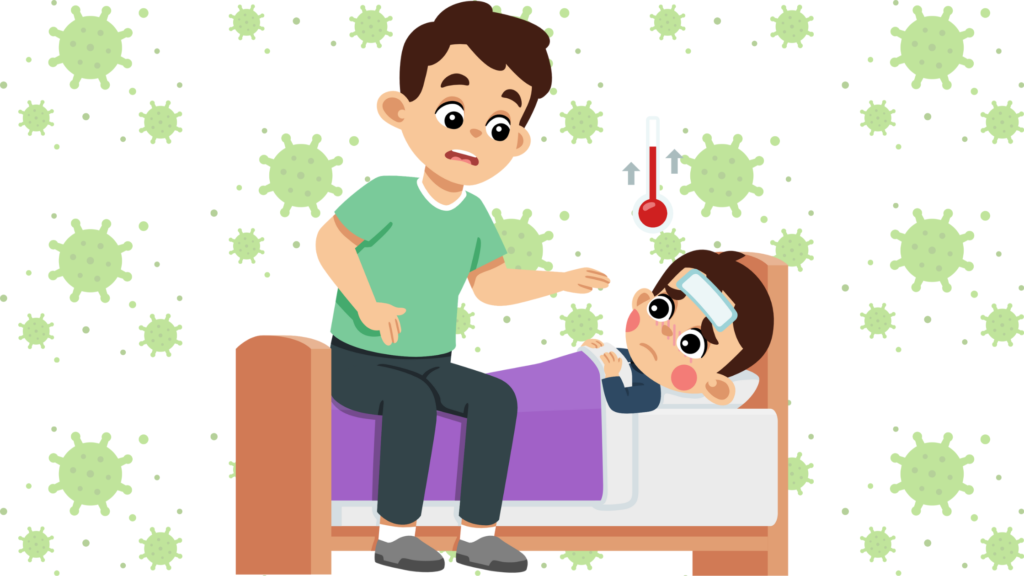
Vitamin D is crucial for proper bone growth and development in children. Poor delayed growth and development are a major sign of vitamin D deficiency in childhood. Vitamin D is essential for the absorption of calcium and phosphorus from the gut, which are critical minerals for bone formation and growth. Without sufficient vitamin D, children are at risk of developing rickets, a condition characterised by weak or soft bones, leading to delayed physical growth and skeletal deformities.
Research has established a strong link between vitamin D deficiency and impaired growth. Children with low levels of vitamin D exhibit slower growth rates compared to those with adequate levels. Furthermore, vitamin D deficiency can disrupt the normal bone mineralisation process, resulting in growth retardation and skeletal abnormalities.
In addition to its role in bone health, vitamin D influences muscle function and overall physical development. A deficiency can lead to muscle weakness, which can further contribute to delays in motor skill development and physical activities in children. Therefore, ensuring adequate vitamin D levels through proper nutrition, sunlight exposure, and supplementation is crucial for normal growth and development during childhood.
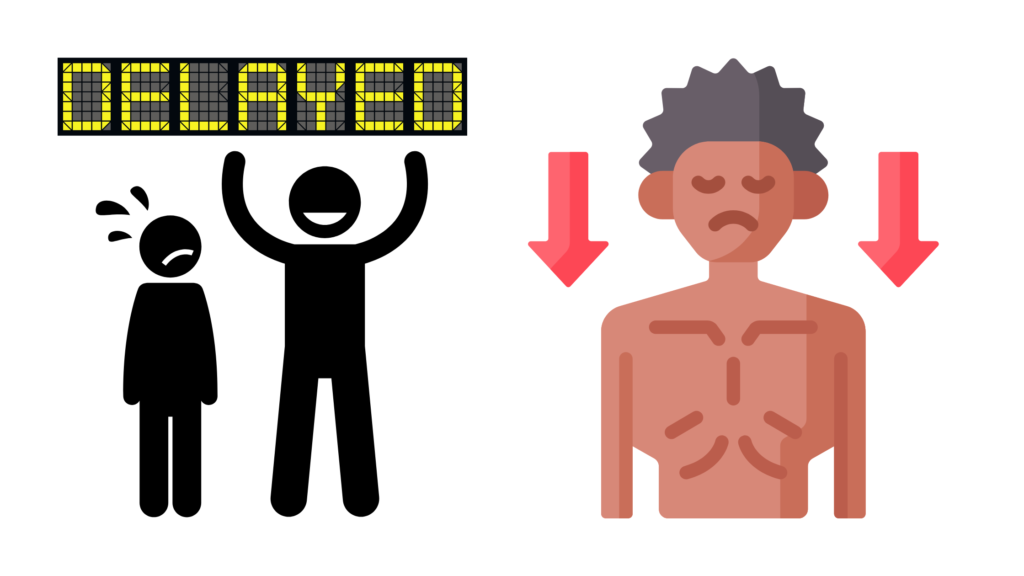
Bone pain and muscle weakness in childhood can be signs of vitamin D deficiency due to its crucial role in calcium absorption and bone health. Without adequate vitamin D, bones become soft and weak, leading to conditions like rickets, characterised by bone pain and deformities. Additionally, vitamin D is essential for muscle function. Deficiency impairs muscle strength, causing weakness and discomfort. Studies show that children with low vitamin D levels experience significant musculoskeletal pain and reduced physical performance.
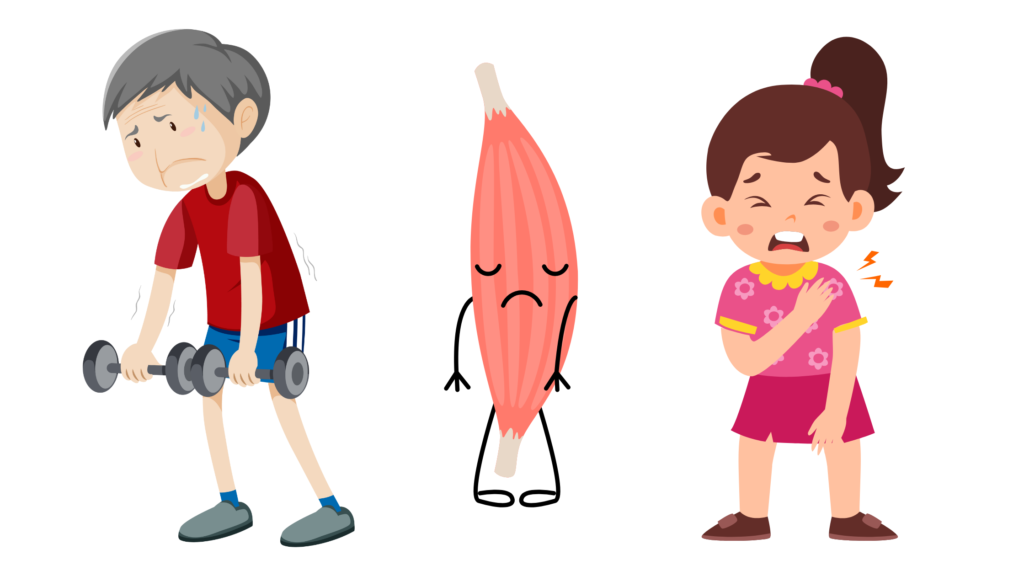
In severe cases of vitamin D deficiency in childhood, children can develop rickets, a condition that causes soft bones and skeletal deformities. Rickets is more common in infants and young children but can occur in older children as well.
Vitamin D plays a crucial role in maintaining calcium and phosphate balance in the body, which is essential for bone mineralisation. Without sufficient vitamin D, the absorption of calcium and phosphate from the diet is impaired, leading to soft and weak bones characteristic of rickets.
Children with rickets often exhibit symptoms such as bone pain, skeletal deformities (such as bowed legs or knock knees), delayed growth, and dental problems. These symptoms arise because insufficient vitamin D prevents proper mineralisation of the growth plates in bones, resulting in weakened structures unable to support normal growth and development.
Research underscores the link between vitamin D deficiency and rickets. Studies have shown that populations living in regions with limited sunlight exposure, where synthesis of vitamin D in the skin is reduced, are at higher risk. Additionally, dietary factors and certain medical conditions can also contribute to vitamin D deficiency and subsequent rickets development in children.
Prevention and treatment strategies focus on ensuring an adequate intake of vitamin D through sunlight exposure, fortified foods, and supplements when necessary. Early detection and intervention are crucial to prevent long-term skeletal complications and promote healthy bone development in children.
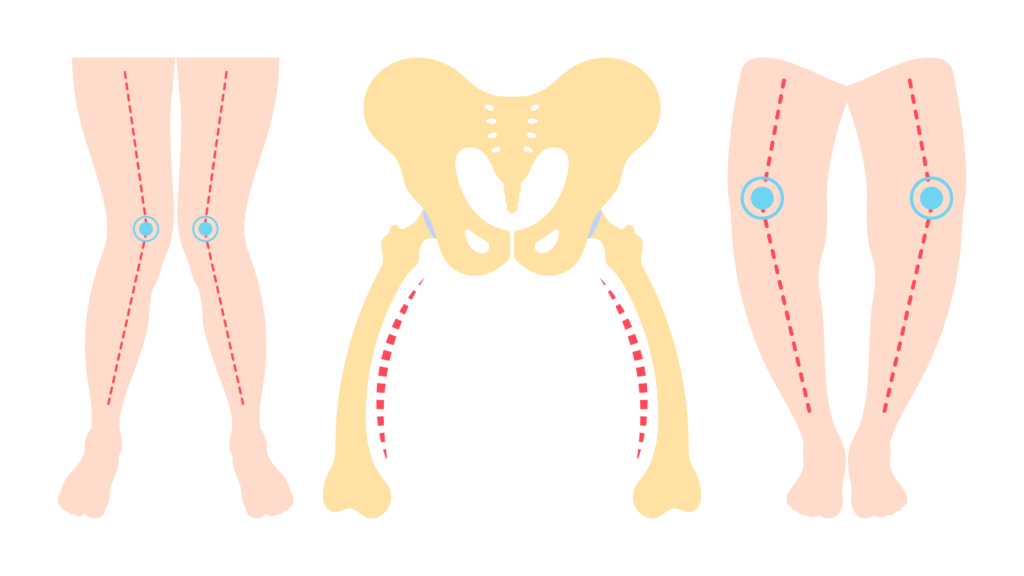
Is your child constantly tired or lacking energy? Vitamin D deficiency in childhood has been linked to fatigue and lethargy. Vitamin D receptors are present in skeletal muscles, and adequate levels are necessary for optimal muscle contraction and strength. When vitamin D is deficient, muscle weakness can occur, leading to fatigue and decreased physical activity.
Research suggests that children with low vitamin D levels are more likely to experience symptoms of fatigue and reduced stamina. For instance, a study by Ganmaa et al. found that vitamin D supplementation improved physical performance in Mongolian schoolchildren, indicating a direct link between vitamin D status and energy levels. Furthermore, vitamin D deficiency has been associated with symptoms of chronic fatigue syndrome in various populations.
Ensuring sufficient vitamin D intake through sunlight exposure, fortified foods, or supplements is essential to support optimal muscle function and combat fatigue in children.
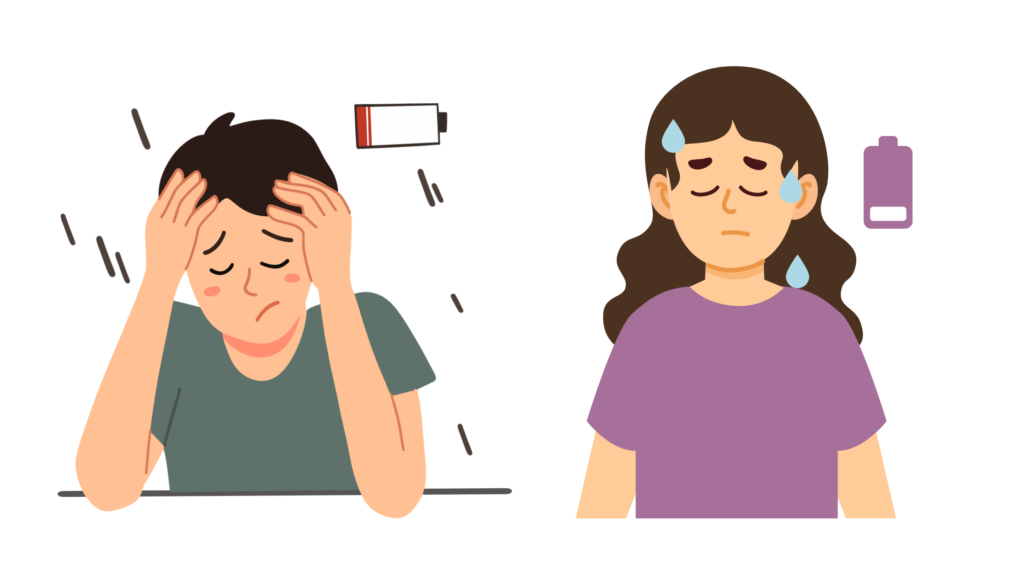
While night sweats can have various causes, excessive sweating during sleep can be a sign of vitamin D deficiency in childhood. Vitamin D plays a role in regulating the body’s circadian rhythm and temperature regulation, which could indirectly affect sleep patterns and night sweating. Moreover, vitamin D deficiency has been associated with various sleep disorders and disturbances in adults, suggesting a potential role in children as well. However, further research is needed to establish a definitive link between vitamin D deficiency and night sweats in children.
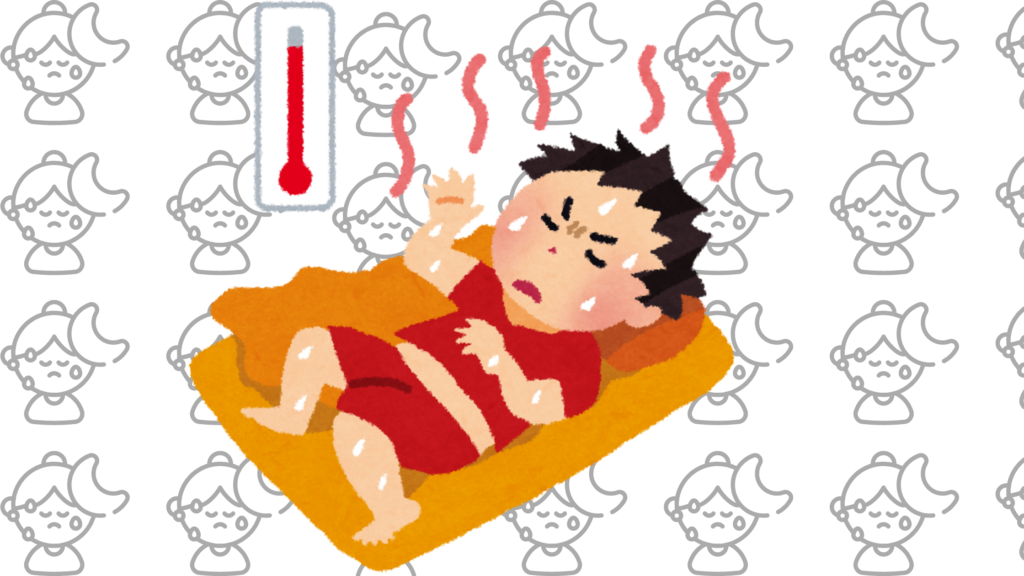
Hair loss in kids can be a sign of vitamin D deficiency in childhood due to the vitamin’s role in maintaining healthy hair follicles and supporting hair growth. Vitamin D receptors are present in hair follicles, and adequate levels of vitamin D are essential for proper follicular function. Research suggests that vitamin D deficiency may contribute to hair loss, although studies specifically linking childhood vitamin D deficiency to hair loss are limited. Ensuring sufficient vitamin D intake through sunlight exposure, diet, or supplementation is important for overall hair health in children.
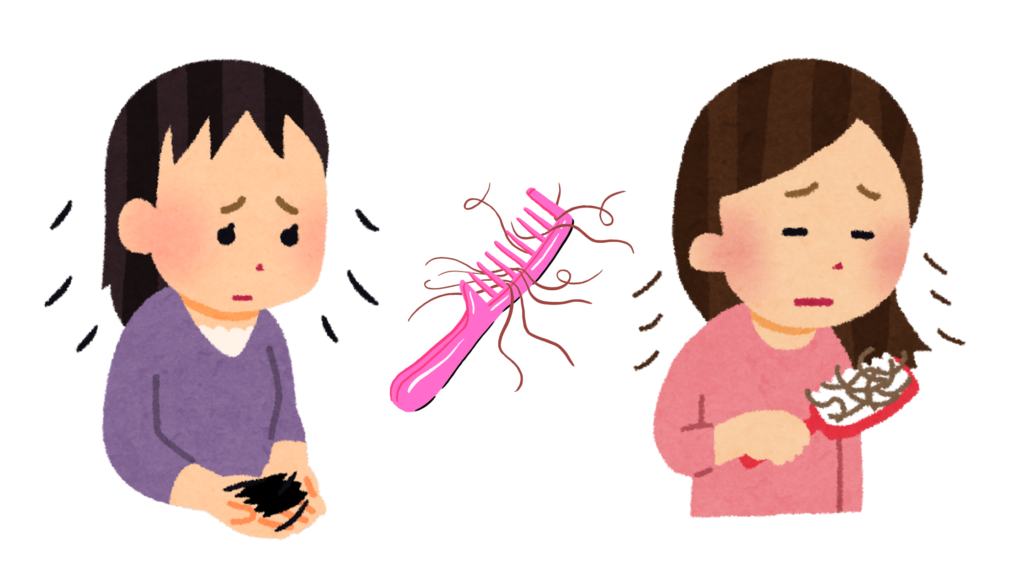
There are several ways to ensure your child gets enough vitamin D:
Vitamin D is a vital nutrient for children’s overall health and well-being. By being aware of the signs of vitamin D deficiency in childhood and taking steps to ensure your child gets enough, you can help them thrive and build a strong foundation for a healthy life.
Remember: If you have any concerns about your child’s vitamin D levels, consult your doctor for personalised advice and a proper diagnosis.
Common signs of vitamin D deficiency in children include frequent illnesses, delayed growth, bone pain or muscle weakness, fatigue, night sweats, and even hair loss in some cases. However, these symptoms can also be caused by other conditions, so consulting a doctor for diagnosis is crucial.
The recommended daily intake of vitamin D for children aged 1-10 years is 400 IU (10 micrograms) [NHS Choices]. Always consult your doctor for specific recommendations based on your child’s individual needs.
Sunlight exposure is a natural source of vitamin D. However, factors like skin tone, seasonality, and sunscreen use can affect how much vitamin D is absorbed. Dietary sources and supplements might be necessary to ensure adequate levels.
Fatty fish (salmon, tuna), egg yolks, and fortified milk are good dietary sources of vitamin D for children.
High-quality multivitamins that contain at least 600 IU of vitamin D3, like Kid’s one daily by Route2Health, are good for children. Consult your doctor about a vitamin D supplement specifically formulated for children. They can advise on the appropriate dosage and brand based on your child’s needs.







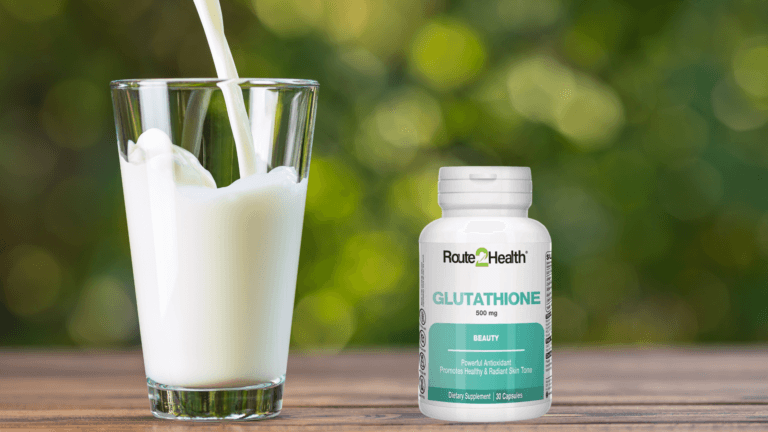



©2023 Route2Health®️
NTN: 2229383
AN ASSOCIATED COMPANY OF HIGHNOON LABORATORIES
STRN: 0301999937728

WhatsApp us
